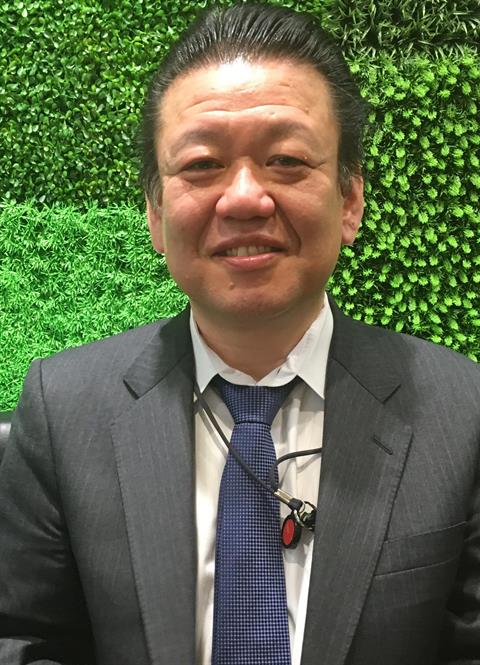

It was first discovered in California at Los Angeles Harbor in 1960. The large Chameleon changed color! He lightened up over the few minutes that we watched him.Ĭhameleon Goby (Tridentiger trigonocephalus) came from East Asia. That is the upper salinity threshold for Shimo survival. … But, the small fish were LIKELY Chameleon Gobies as well. Chameleon and Shimofuri Gobies are indistinguishable when young.

Yellowfin Gobies were first reported in the California Delta in early 1963.

(Not counting the native Longjaw Mudsucker which technically is also a “gobid.”) There are at least seven species of gobies in LSB: 3 native and 4 non-native. Eggs tend to be laid in downstream burrows since the fry are less tolerant of freshwater. Many are tolerant of, or even adapted to, fresh or brackish water. After spawning, males guard the eggs until hatch. Males occupy cervices or tunnels or build their own burrows that serve as nests for tending eggs. Intro: Gobies are small bottom-dwelling fishes. – Approximate alignment of the bryozoan & oyster shell hard substrate bottom is also indicated. Map showing combined September and October catches of Chameleon and Shimofuri Gobies. *Mollusc can be spelled either Mollusc or Mollusk. Bad Molluscs* and other interesting critters from the muddy or rocky bottom.These two gobies are reported to change colors at will. Shimofuri/Chameleon Goby color change experiments.This study is an attempt to discern the relative abundances. As discussed many times, Shimofuri Gobies and Chameleon Gobies are hard to distinguish in the field. Writing – review & editing: TS.This post is a cleanup of a few ongoing issues. This does not alter our adherence to PLOS ONE policies on sharing data and materials.Ĭonceptualization: TT TS. Other authors have declared that no competing interests exist. I have read the journal's policy and have the following conflicts: Takayoshi Shimohata is an academic advisor for ShimoJani LLC, entrepreneurial venture, San Francisco,CA, USA. * E-mail: of Neurology, Brain Research Institute, Niigata University, Niigata, Niigata, Japan Department of Neurology, Brain Research Institute, Niigata University, Niigata, Niigata, Japanĭepartment of Basic Medical Sciences, National Institute for Minamata Disease, Minamata, Kumamoto, Japanĭepartment of Clinical Medicine, National Institute for Minamata Disease, Minamata, Kumamoto, Japan


 0 kommentar(er)
0 kommentar(er)
